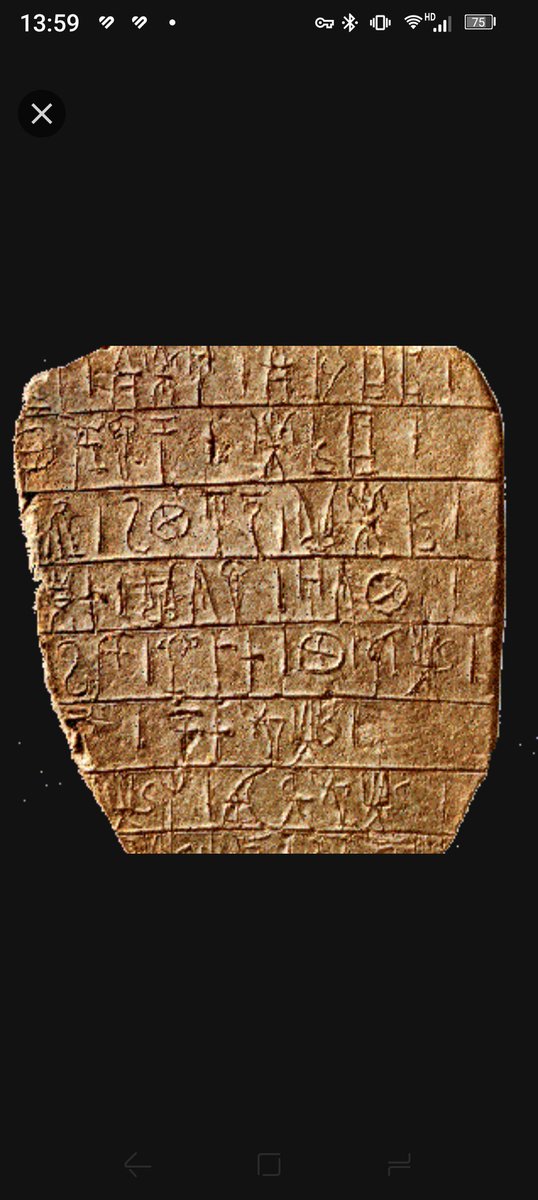LYCIAN LANGUAGE (1)
Lycian is an Indo-European language spoken between the middle and the end of the 1st millennium BC. in Lycia, a region that stretches along the southwestern coast of Asia Minor. The name of the region is of Greek origin.
#lycian
Lycian is an Indo-European language spoken between the middle and the end of the 1st millennium BC. in Lycia, a region that stretches along the southwestern coast of Asia Minor. The name of the region is of Greek origin.
#lycian

LYCIAN LANGUAGE (2)
Lycian and Luwian were related : the two dialects would have been formed from an original proto-Luwian and from a linguistic lineage different from that formed by the other dialects of Anatolia: Hittite, Palaic and Lydian.
#lycian
Lycian and Luwian were related : the two dialects would have been formed from an original proto-Luwian and from a linguistic lineage different from that formed by the other dialects of Anatolia: Hittite, Palaic and Lydian.
#lycian

LYCIAN LANGUAGE (3)
We have 200 inscriptions in dextroverse script. Most of them have a funerary character but there are also some public inscriptions. There are also some bilingual inscriptions in Lycian and Greek which testify to a very strong link between these two cultures.


We have 200 inscriptions in dextroverse script. Most of them have a funerary character but there are also some public inscriptions. There are also some bilingual inscriptions in Lycian and Greek which testify to a very strong link between these two cultures.


LYCIAN LANGUAGE (4)
Bilinguals include a dozen epitaphs, dedications, cultural texts and a tax decree. There is also a trilingual inscription written in Lycian, Greek and Aramaic, fundamental for the understanding of Lycian.
#lycian
Bilinguals include a dozen epitaphs, dedications, cultural texts and a tax decree. There is also a trilingual inscription written in Lycian, Greek and Aramaic, fundamental for the understanding of Lycian.
#lycian

LYCIAN LANGUAGE (5)
Lycian writing is an alphabetic writing composed of 23 signs for consonant sounds and 6 signs for vowel sounds. This writing is attested in the 5th-4th century BC. The Lycian language died out and was replaced by Ancient Greek, around 200 BC.
#lycian
Lycian writing is an alphabetic writing composed of 23 signs for consonant sounds and 6 signs for vowel sounds. This writing is attested in the 5th-4th century BC. The Lycian language died out and was replaced by Ancient Greek, around 200 BC.
#lycian

LYCIAN LANGUAGE (6)
Lycian is written from left to right and its alphabet has a strong resemblance to the Greek alphabet from which it could derive: many signs seem to have been borrowed from Greek writing and then modified.
#lycian
Lycian is written from left to right and its alphabet has a strong resemblance to the Greek alphabet from which it could derive: many signs seem to have been borrowed from Greek writing and then modified.
#lycian

LYCIAN LANGUAGE (7)
There are also signs of the Greek alphabet freely used to render sounds specific to the Lycian language. Nine of the #Lycian letters do not appear to derive from the Greek alphabet. The words are sometimes separated from each other by two vertical signs.
There are also signs of the Greek alphabet freely used to render sounds specific to the Lycian language. Nine of the #Lycian letters do not appear to derive from the Greek alphabet. The words are sometimes separated from each other by two vertical signs.

• • •
Missing some Tweet in this thread? You can try to
force a refresh



















